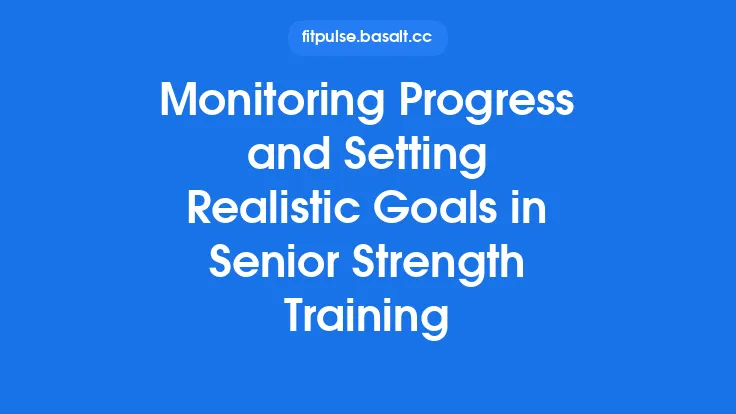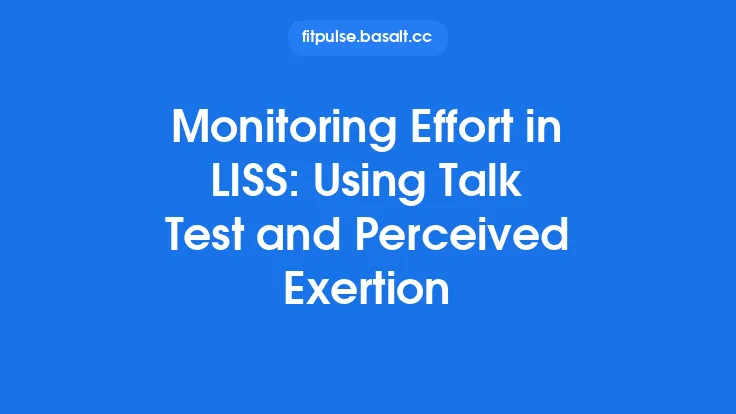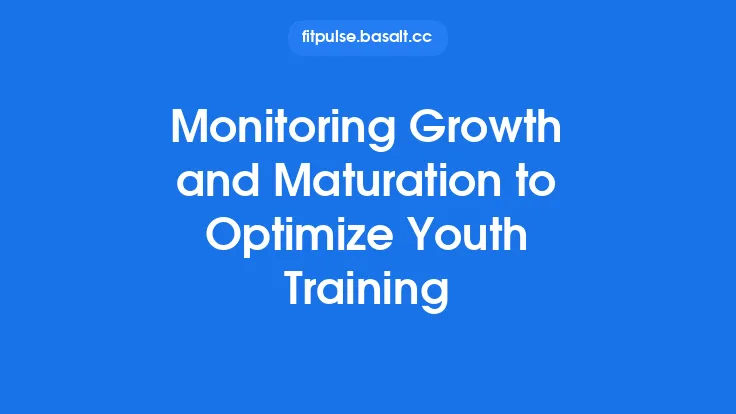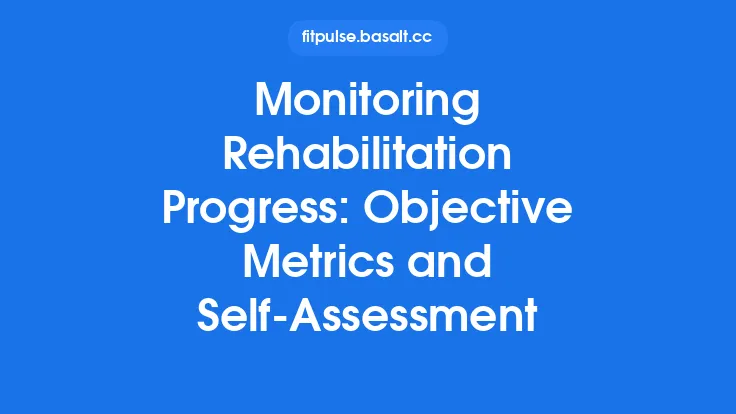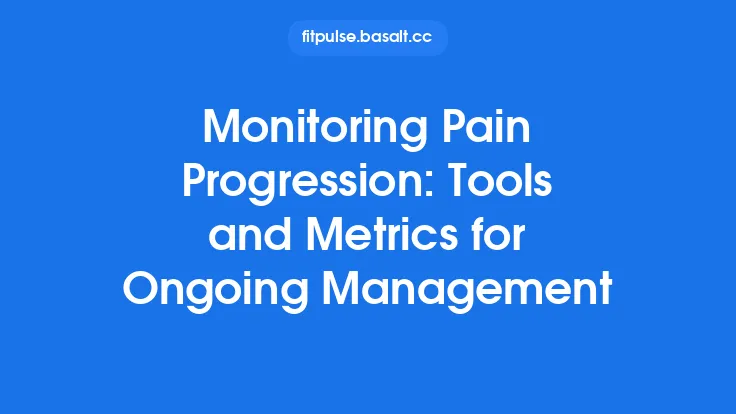Sleep and stress monitoring have moved from niche laboratory tools to everyday consumer devices, but the next wave of innovation promises to reshape how we understand and manage these fundamental aspects of health. The coming years will bring breakthroughs in sensor technology, data analytics, and system integration that go far beyond simply counting hours of sleep or measuring heart‑rate variability. Below is a deep dive into the emerging trends that are set to define the future of sleep‑ and stress‑tracking technology.
Emerging Sensor Modalities
Flexible and Stretchable Electronics
Traditional rigid sensors are being replaced by ultra‑thin, stretchable circuits that can conform to the skin or even be embedded in clothing. These materials maintain high signal fidelity while remaining comfortable for long‑term wear, enabling continuous monitoring of subtle physiological cues such as skin temperature gradients, micro‑vibrations, and minute changes in blood flow.
Bio‑Impedance and Tissue‑Level Sensing
Advances in bio‑impedance spectroscopy allow devices to probe the electrical properties of underlying tissues. By measuring changes in impedance across different frequencies, sensors can infer hydration status, muscle tone, and even the progression of sleep‑related respiratory events without the need for bulky chest straps.
Optical Spectroscopy for Hormonal Markers
Near‑infrared (NIR) and Raman spectroscopy are being miniaturized to detect biochemical signatures in sweat and interstitial fluid. Early prototypes can estimate cortisol levels—a direct stress hormone—by analyzing the spectral fingerprint of sweat collected from the wrist or forehead. This opens the door to real‑time stress quantification that is more specific than heart‑rate variability alone.
Acoustic and Ultrasonic Monitoring
Micro‑acoustic arrays placed under the mattress or integrated into pillow fabrics can capture breathing patterns, snoring intensity, and even subtle limb movements. Ultrasonic transducers, meanwhile, can map the position of the torso and head during sleep, providing a non‑contact way to detect sleep‑posture changes that influence airway patency.
AI‑Driven Personalization
Adaptive Learning Algorithms
Machine‑learning models are shifting from static rule‑based interpretations to adaptive systems that continuously refine their predictions based on an individual’s longitudinal data. By incorporating feedback loops—such as user‑reported sleep quality or stress questionnaires—algorithms can personalize the weighting of different sensor inputs for each user.
Digital Twin Simulations
A digital twin is a virtual replica of an individual’s physiological state, updated in real time with sensor data. In the context of sleep and stress, a digital twin can simulate how changes in environment (e.g., temperature, light exposure) or behavior (e.g., caffeine intake) will affect upcoming sleep architecture or stress reactivity, allowing proactive adjustments.
Explainable AI for User Trust
Future devices will embed explainable AI (XAI) modules that translate complex model outputs into understandable insights. For example, an XAI dashboard might highlight that “increased peripheral skin temperature contributed 30 % to the predicted deep‑sleep deficit,” helping users grasp the causal relationships behind the numbers.
Non‑Contact and Ambient Monitoring
Radio‑Frequency (RF) Sensing
RF‑based motion detection can capture respiration and heart‑rate signals through walls or bedding without any physical contact. By analyzing the phase and amplitude shifts of reflected radio waves, systems can monitor sleep continuity and stress‑related autonomic changes while the user remains completely unencumbered.
Smart Environment Integration
Future sleep‑tracking ecosystems will communicate with ambient devices—smart lights, thermostats, and sound systems—to create a responsive sleep environment. When a stress spike is detected, the system could dim lights, lower room temperature, and play calming soundscapes automatically, closing the loop between detection and intervention.
Vision‑Based Pose Estimation
Depth cameras and infrared sensors can reconstruct a three‑dimensional model of a sleeper’s body posture. Advanced pose‑estimation algorithms can identify micro‑movements associated with restless leg syndrome or stress‑induced tossing, providing a richer picture of sleep quality without any wearable.
Multi‑Modal Data Fusion
Cross‑Domain Sensor Integration
Combining physiological data (e.g., heart‑rate variability, skin conductance) with contextual information (e.g., calendar events, location, ambient light) yields a holistic view of stress triggers and sleep disturbances. Fusion frameworks use Bayesian inference to weigh each data stream according to its reliability in a given context.
Edge‑Cloud Hybrid Processing
To preserve battery life and privacy, raw sensor streams are pre‑processed on the device (edge) to extract key features, while more computationally intensive modeling runs in the cloud. This hybrid approach reduces latency for real‑time alerts (e.g., “stress level rising”) while still leveraging the scalability of cloud AI for long‑term trend analysis.
Standardized Data Schemas
Interoperability is becoming a priority, with emerging open standards such as the Open mHealth schema for sleep and stress metrics. Standardized data formats enable seamless aggregation across devices, research platforms, and electronic health records, fostering a richer ecosystem for both consumers and clinicians.
Predictive Health Analytics
Early Detection of Sleep Disorders
By continuously tracking micro‑architectural patterns—such as the frequency of micro‑arousals or the stability of REM periods—future algorithms can flag early signs of obstructive sleep apnea, central sleep apnea, or periodic limb movement disorder before they become clinically apparent.
Stress‑Related Risk Modeling
Longitudinal stress data, combined with lifestyle inputs, can feed into risk models that predict burnout, cardiovascular events, or mental‑health episodes. Predictive alerts could prompt users to schedule a relaxation session, seek professional advice, or adjust workload proactively.
Outcome‑Based Optimization
Closed‑loop systems will not only detect problems but also test interventions in real time. For instance, after a detected stress spike, the system might suggest a breathing exercise, then monitor physiological response to determine efficacy, iteratively refining the recommendation library for each user.
Integration with Clinical Care
Remote Monitoring for Telehealth
Clinicians will be able to prescribe specific monitoring protocols—such as a 14‑day stress‑cortisol profile—directly from their electronic health record (EHR) systems. Data streams will be securely transmitted to the provider’s dashboard, enabling evidence‑based adjustments to medication or therapy without an in‑person visit.
Clinical Decision Support (CDS) Tools
AI‑driven CDS modules will analyze aggregated sleep‑stress data alongside lab results and imaging, offering clinicians probabilistic insights (e.g., “30 % increased likelihood of hypertension progression due to chronic elevated nocturnal cortisol”). This augments clinical judgment with objective, continuous data.
Regulatory Pathways and Validation
Future devices will undergo rigorous validation studies aligned with FDA’s Software as a Medical Device (SaMD) framework and the European Union’s MDR. Transparent reporting of sensitivity, specificity, and clinical relevance will become a market differentiator, ensuring that consumer‑grade products meet medical‑grade standards where needed.
Privacy, Ethics, and Data Governance
Federated Learning for Privacy‑Preserving AI
Instead of uploading raw data to central servers, federated learning trains models locally on the device and only shares model updates. This approach minimizes exposure of personal health information while still benefiting from collective learning across millions of users.
User‑Controlled Data Portability
Emerging protocols enable users to export their entire sleep‑stress dataset in a standardized format (e.g., JSON‑LD) and import it into any compatible platform. Data portability empowers users to switch providers without losing historical insights.
Ethical Use of Predictive Alerts
Predictive stress alerts raise ethical questions about autonomy and potential anxiety. Future designs will incorporate consent mechanisms that let users choose the granularity and frequency of notifications, and provide clear explanations of the underlying risk calculations.
Challenges and Opportunities for Adoption
Battery Life vs. Sensor Richness
Adding more sensors and continuous AI processing strains battery capacity. Innovations such as energy‑harvesting fabrics (capturing kinetic or thermal energy) and ultra‑low‑power neuromorphic chips are being explored to sustain multi‑day operation without compromising data fidelity.
User Engagement and Behavior Change
Even the most sophisticated technology fails without sustained user engagement. Gamified feedback loops, personalized goal setting, and social sharing—while respecting privacy—are being refined to motivate consistent use and translate data into actionable lifestyle changes.
Equity and Accessibility
Cost and digital literacy remain barriers. Open‑source hardware kits and community‑driven data repositories aim to democratize access to advanced sleep‑stress monitoring, ensuring that benefits are not limited to high‑income markets.
Standardization of Stress Biomarkers
Unlike sleep stages, which have widely accepted scoring criteria, stress biomarkers lack universal standards. Collaborative efforts among academia, industry, and regulatory bodies are underway to define reference ranges for wearable‑derived cortisol, galvanic skin response, and other stress indicators.
The trajectory of sleep and stress monitoring technology points toward a future where devices are not merely passive recorders but active partners in health management. By harnessing flexible sensors, AI‑driven personalization, non‑contact ambient monitoring, and robust data governance, the next generation of wearables and ambient systems will provide deeper insights, earlier warnings, and more effective interventions—ultimately turning raw physiological data into meaningful, preventive health actions.
